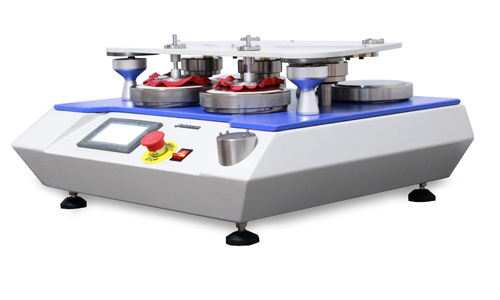 +86 152 6060 5085
+86 152 6060 5085
 +86 152 6060 5085
+86 152 6060 5085
Blog
Catalog
Four cases where uncertainty is not reported
1.In some cases, recognized testing methods specify limits for the main sources of measurement uncertainty and specify the presentation of calculation results. As long as laboratories comply with testing methods and reporting requirements, they meet the requirements of ISO17025.
E.g:GB/T 18043-2013 "Jewelry - Determination of Precious Metal Content X-ray Fluorescence Spectrometry" describes the uncertainty assessment method in Appendix B, so the laboratory can just follow the standard, without additional uncertainty assessment.
2.For a particular method, if the measurement uncertainty of the results has been determined and verified, the laboratory need not assess the measurement uncertainty for each result as long as the laboratory can demonstrate that the identified key influencing factors are controlled. Note: Laboratories should take care to follow standard operating procedures.
3.In the following two cases, there is no need to evaluate the uncertainty:
3.1 The test results are not represented by numerical values
3.2 Test results are not based on numerical values
For example, results are expressed as pass/fail, negative/positive.
4.In the following cases, the laboratory only needs to list the uncertainty components without evaluating the uncertainty:
The special properties of some detection methods make it impossible to evaluate the measurement uncertainty effectively and strictly from the perspective of metrology and statistics.
Need 3 cases with uncertainty
The following situations require reporting the uncertainty of the measurement results in the test report:
4.1 When the measurement uncertainty is related to the validity or application of the test results, the uncertainty needs to be reported;
For example, for comparison in the laboratory, it is necessary to use the En value to evaluate the results.
4.2 Clients require reporting uncertainty or legal and regulatory standards require:
For example, a customer expressly requires uncertainty data in a contract.
4.3 When measurement uncertainty affects compliance with specification limits.
For example, a product of less than 10 is acceptable and the measured result is 9.99, in which case the uncertainty needs to be reported.
Calibration result
Calibration results are required with uncertainty.

Email: hello@utstesters.com
Direct: + 86 152 6060 5085
Tel: +86-596-7686689
Web: www.utstesters.com